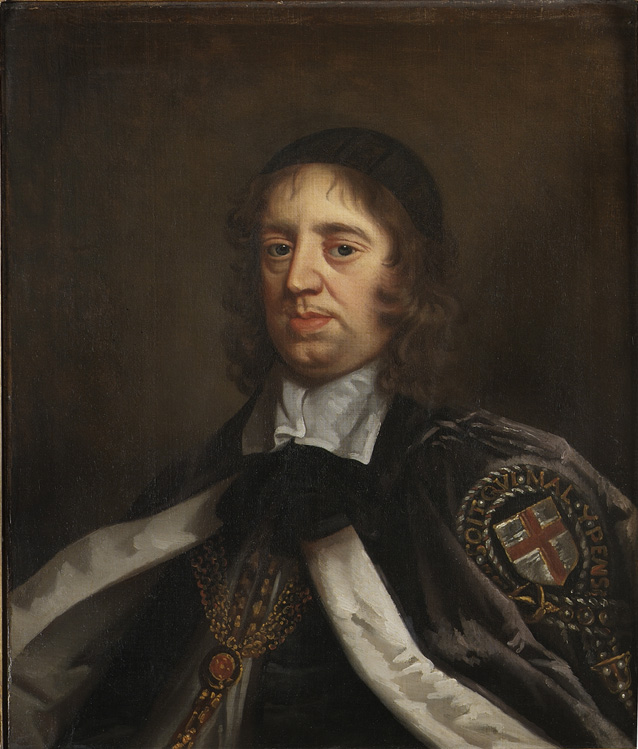When John Wilkins arrived at Wadham, he had just published his Mathematical Magick (donated to the library in 1656), and in the 1650s he teamed up with the Savilian Professor of Astronomy, Seth Ward, to defend the experimental turn in the academe. Wilkins had recruited Ward from Cambridge, and as the Savilian Chairs were tied to no college fellowship, Ward enrolled as a fellow commoner at Wadham in April 1650. He soon fitted out the tower over the entrance to the college, and hence above the Warden's lodgings, 'building a slight observatory ... and ... procureing & fitting Telescopes and other instruments for observation', the first or perhaps the second of its kind in Oxford. Ward managed to get the Savile Trust to pay for the equipment: the Savile accounts for 1650/1-1651/2 record payments 'Pro Instrumento Declinatorio conficiendo, et Sextante emendando' ('for making a declinatory instrument and mending the sextant'), 13s 6d, and 'Pro condendo Observatorio (mobile) pro Observationibus Astronomicis, in Turre Collegij Wadhamensis nunc manente' ('for setting up a (mobile) observatory for astronomical observations, now set up in Wadham College tower'), £25 3s. The payments from the trust were approved by university officials including the vice-chancellor John Owen, the Savilian Professor of Geometry John Wallis, and John Wilkins himself, and the insistence that the instruments were 'mobile' may have been to reassure the university that it was not paying for what was really a college asset. Ward accompanied this with public, Copernican lecturing and a flurry of printed works, in both natural theology and astronomy, including De cometis ('On Comets', 1653), and the Keplerian Astronomia geometrica ('Geometrical Astronomy', 1656). Several of the actual observations on the comet of late 1652/early 1653 in De cometis were ascribed to Lawrence Rooke, who had followed Ward from Cambridge to Wadham; these were made 'in nostro ... observatorio', that is from the top of Wadham tower.
